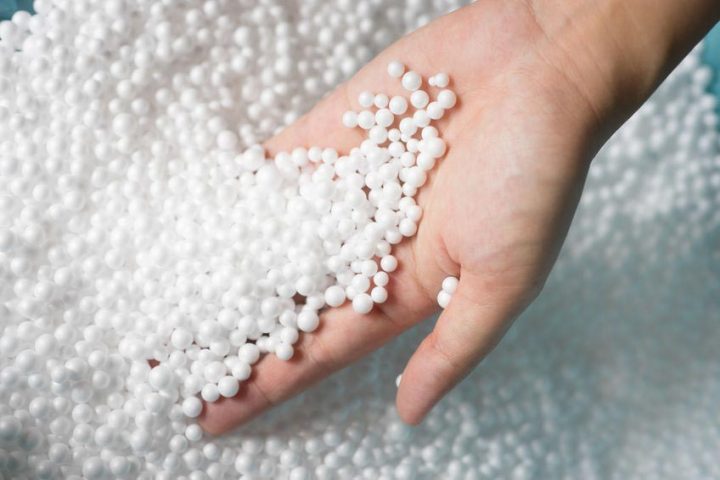
Table of Contents
It is important that your pillow’s density match your sleeping habits, and if you have a down pillow, you know that over time it can lose some of its firmness. If your pillow is experiencing a softening, it is high time to fluff it.
There are a few factors which can cause a down pillow to lose its firmness including:
- Compression – from head and shoulder weight
- Moisture – ambient and close proximity body moisture
- Down degradation – small cluster fill power to high end fill power
- Pillow care – repeated washings
Compression
The average human head weighs approximately eight to nine pounds. This, combined with your shoulders and upper torso weight, can hurt the down filling with repeated compression.
While down as a filling material is very soft and airy, it is also very durable. Stories can be found of pillows fifty years and older in good order.
Down clusters, the main ingredient of a down pillow, are very durable and withstand repeated usage.
Moisture
Down filling itself, measured in low fill power to high fill power, are equally affected by moisture.
Pillow moisture comes from normal nighttime perspiration as your body naturally cools itself by sweating.
What happens over time is that moisture from your close contact, as well as ambient room humidity, affects how fluffy the down can be.
Adding cooling fabrics, and/or fabric protectors, minimize the effects of moisture in pillows. Consequently, lower moisture helps reduce dust mites and pillow bacteria.
Down degradation
Down clusters themselves look like tiny dots with thousands of silky plumes coming from the center. Down clusters look very much like feathers, and they are a very stable material that can withstand hundreds of repeated pushes and rubs that occur during sleep.
Generally, higher fill power down clusters from Europe are larger and more stable then the lower fill power clusters common in ducks and geese harvested in Asia.
A 700 fill power down cluster, for example, will outlive a 550 fill power down cluster by a wide margin.
Pillow care
Most consumers cling to their favorite bed pillows far longer than is healthy, based on research about dust mites and bacteria.
These can impact your allergies, which, in turn, can impact your breathing and your sleep patterns.
While most down pillows are machine washable and dryable, we advise washing them only once a year.
Regular washing and drying of down pillows risk harming the pillow, not so much from washing, but from improper drying.
A down pillow can be washed, but special care is needed for how to dry the pillow, so follow directions on the pillow’s tag prior to cleaning.
Unless a pillow has silk or rayon fabric, it can be dried for two to three high-heat cycles post washing it.
-
Tip: to keep pillows clean, use a quality pillow protector which can be washed regularly.
How to fluff down pillows
Regardless of the issue causing your down pillow to become softer then you like, there are a few things you can do. The easiest thing is to place the pillow in the dryer for a cycle.
The heat and mechanical fluffing will keep the down arid and loftier. This trick can fluff a newly-purchased down pillow and up to one reaching ten years in age.
The drying trick can be done monthly, and will yield a very nice fluffy pillow that will have lower bacteria counts.
In addition to fluffing in a good dryer, we recommend using moisture-regulating pillow protector fabric, starting with cotton and going up to Tencel Lyocell materials.







